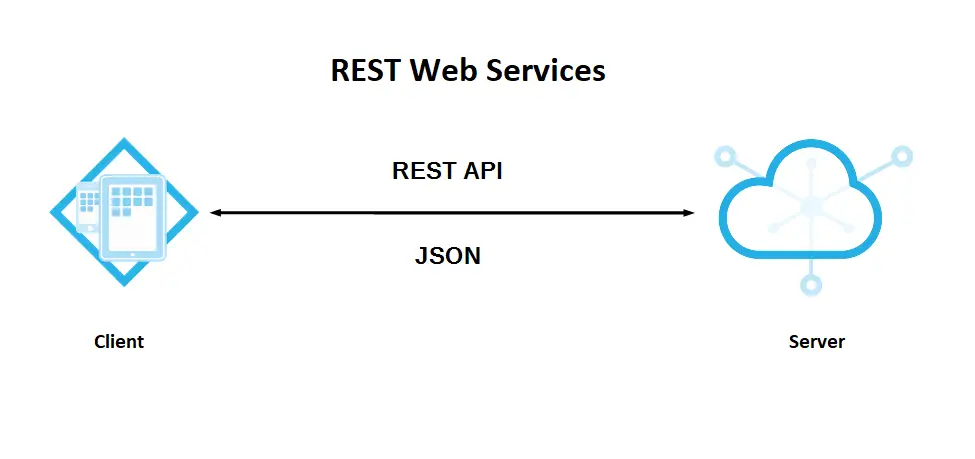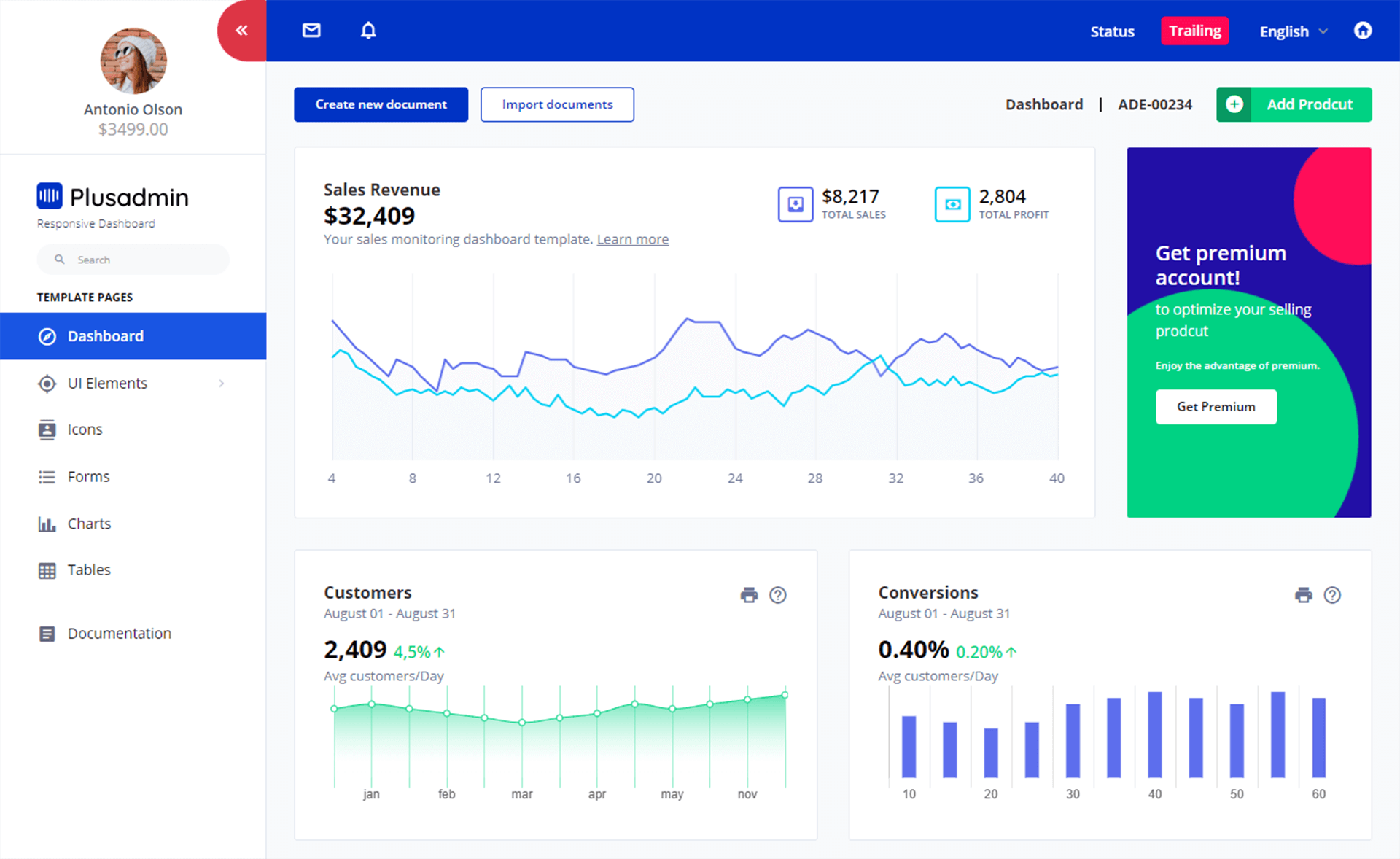How to use ref structs in C#
By Tan Lee Published on Dec 30, 2024 372
In C#, structs are value types typically allocated on the stack, allowing for faster access compared to heap-allocated objects. While they help reduce memory footprint and avoid GC issues, they may not perform well in high-performance scenarios where stack memory allocation and deallocation are critical.
What Is a Ref Struct?
A ref struct is a stack-allocated value type in C# that has specific restrictions compared to regular structs. Notably, ref structs cannot be boxed or unboxed, ensuring that their memory remains on the stack throughout their lifecycle. Introduced in C# 7.2, C# 13 now extends the functionality of ref structs, allowing them to be used in iterators and asynchronous methods.
Benefits of Using Ref Structs
Ref structs benefit from being allocated entirely on the stack, ensuring quick allocation and deallocation with minimal overhead. Since they don’t require garbage collection, memory management is faster, and data access is more efficient.
For example, Using ref struct using a Span<char> to process a segment of text efficiently.
public ref struct TextProcessor
{
private Span<char> textSpan;
public TextProcessor(Span<char> span)
{
textSpan = span;
}
public char this[int index]
{
get => textSpan[index];
set => textSpan[index] = value;
}
public string ExtractSubstring(int start, int length)
{
return new string(textSpan.Slice(start, length));
}
}In this example, a ref struct is used with Span to manage memory efficiently. Since no heap allocation or boxing is needed, memory overhead is minimized, leading to better performance.
Ref structs also offer a deterministic lifetime. When they are created, they are allocated on the stack and are automatically deallocated once they go out of scope, providing predictable and efficient memory management.
For example:
public class MyClass
{
public void MyMethod()
{
MyRefStruct myRefStruct = new MyRefStruct();
}
}In this case, the ref struct is destroyed as soon as the method scope is exited, and the memory is freed from the stack.
Limitations of Ref Structs
Despite the improvements in C# 13, ref structs still have notable limitations:
- Cannot be elements of an array.
- Cannot be boxed to
System.ObjectorSystem.ValueType. - Cannot be members of a class or another struct.
- Cannot be used as a generic argument in method calls.
- Cannot be captured in local functions or lambdas.
- Must implement all interface members if implementing an interface.
For example, a ref struct must implement all methods of an interface.
public interface IStringProcessor
{
void ProcessString(string input);
}
public ref struct StringHandler : IStringProcessor
{
public void ProcessString(string input)
{
Console.WriteLine($"Processing string: {input.ToUpper()}");
}
}Using Ref Structs with the Dispose Pattern
In C# 13, you can implement the Dispose pattern with ref structs by defining a Dispose method.
public ref struct MyDisposableRefStruct
{
public void Dispose()
{
// Cleanup resources
}
}Let's consider an example of using ref structs to parse data from a large text buffer without incurring the overhead of heap allocations or GC. A ref struct can be used to manage a section of the buffer efficiently:
public ref struct BufferParser
{
private Span<char> bufferSpan;
public BufferParser(Span<char> buffer)
{
bufferSpan = buffer;
}
public string ParseWord()
{
int wordLength = 0;
while (wordLength < bufferSpan.Length && bufferSpan[wordLength] != ' ')
{
wordLength++;
}
return new string(bufferSpan.Slice(0, wordLength));
}
}In this example, BufferParser uses a Span<char> to process data efficiently without relying on heap allocation, showcasing the power of ref structs in optimizing performance.
In C# 13, ref structs provide a powerful tool for improving performance and reducing memory overhead in scenarios where stack-allocated types are ideal. They are best suited for applications requiring high performance, such as parsing large datasets or managing temporary data efficiently.





